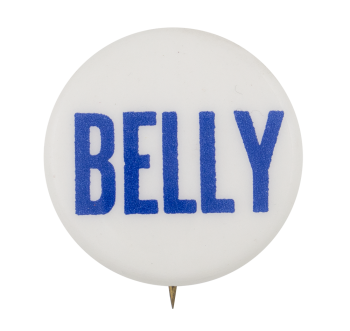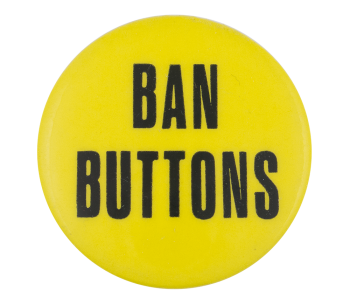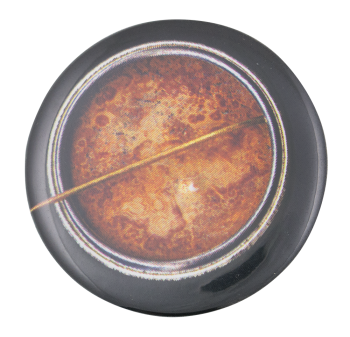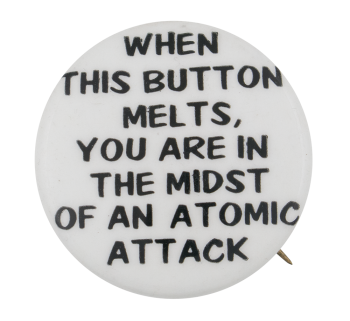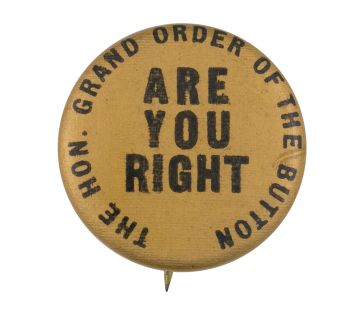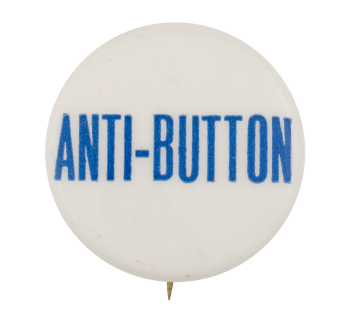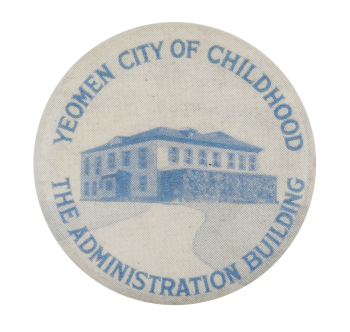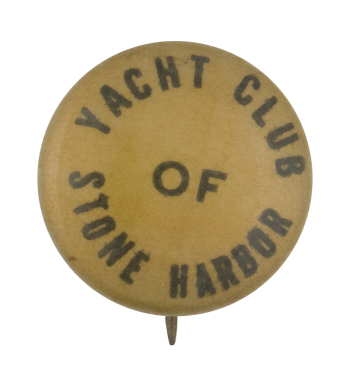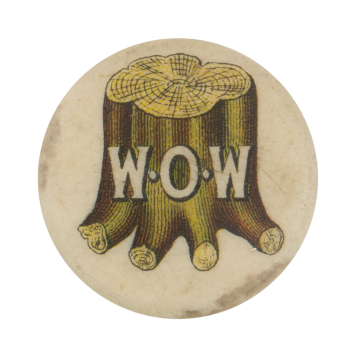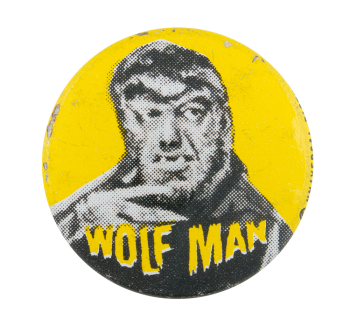Belly Button
| Category | |
|---|---|
| Additional Images | |
| Text on Button | Belly |
| Image Description | Blue centered text on white background. |
| Back Style | |
| The Shape | |
| The Size | |
| Year / Decade Made | |
| Additional Information | Have info on this button? Contact us here. |
| Catalog ID | SR0006 |

